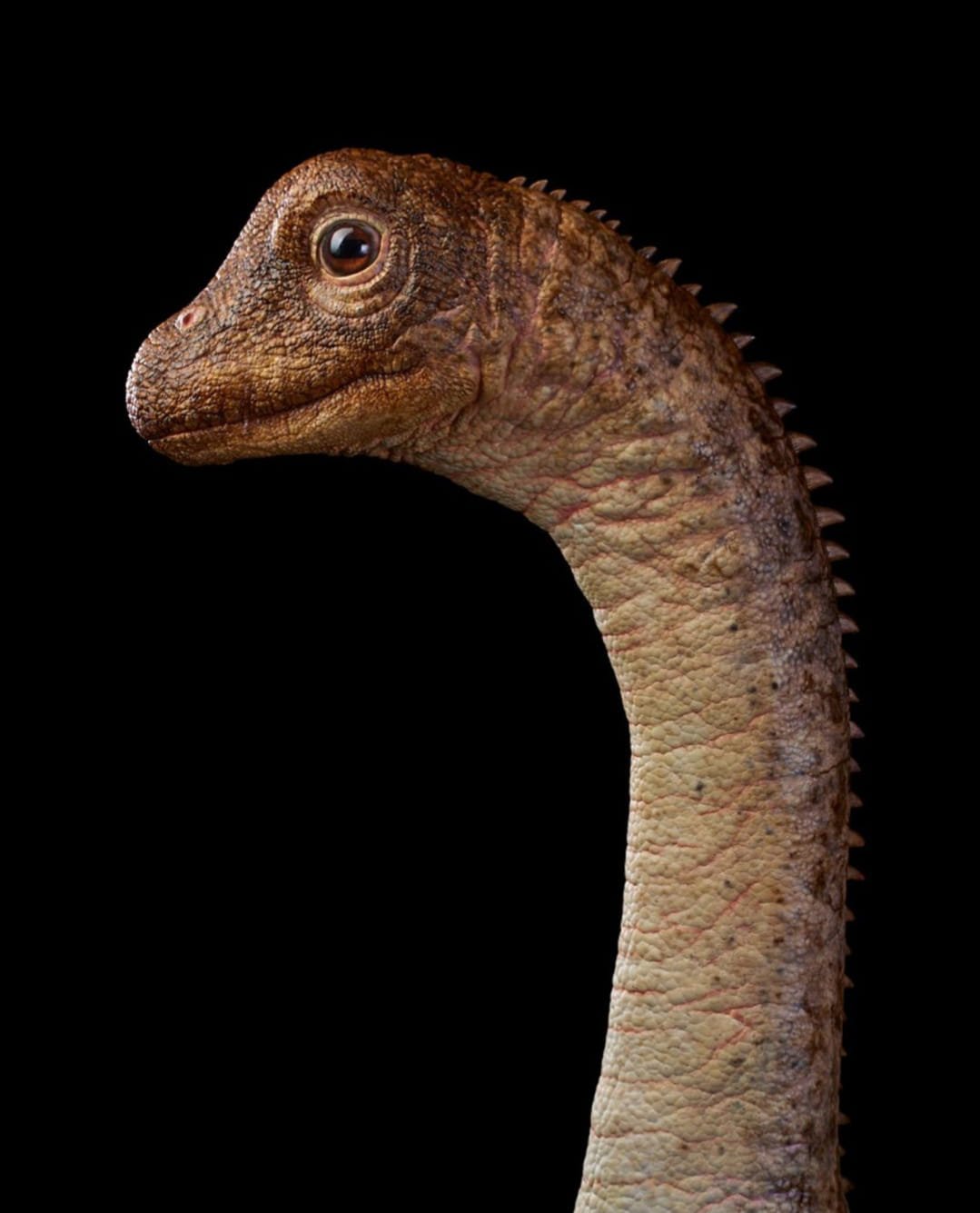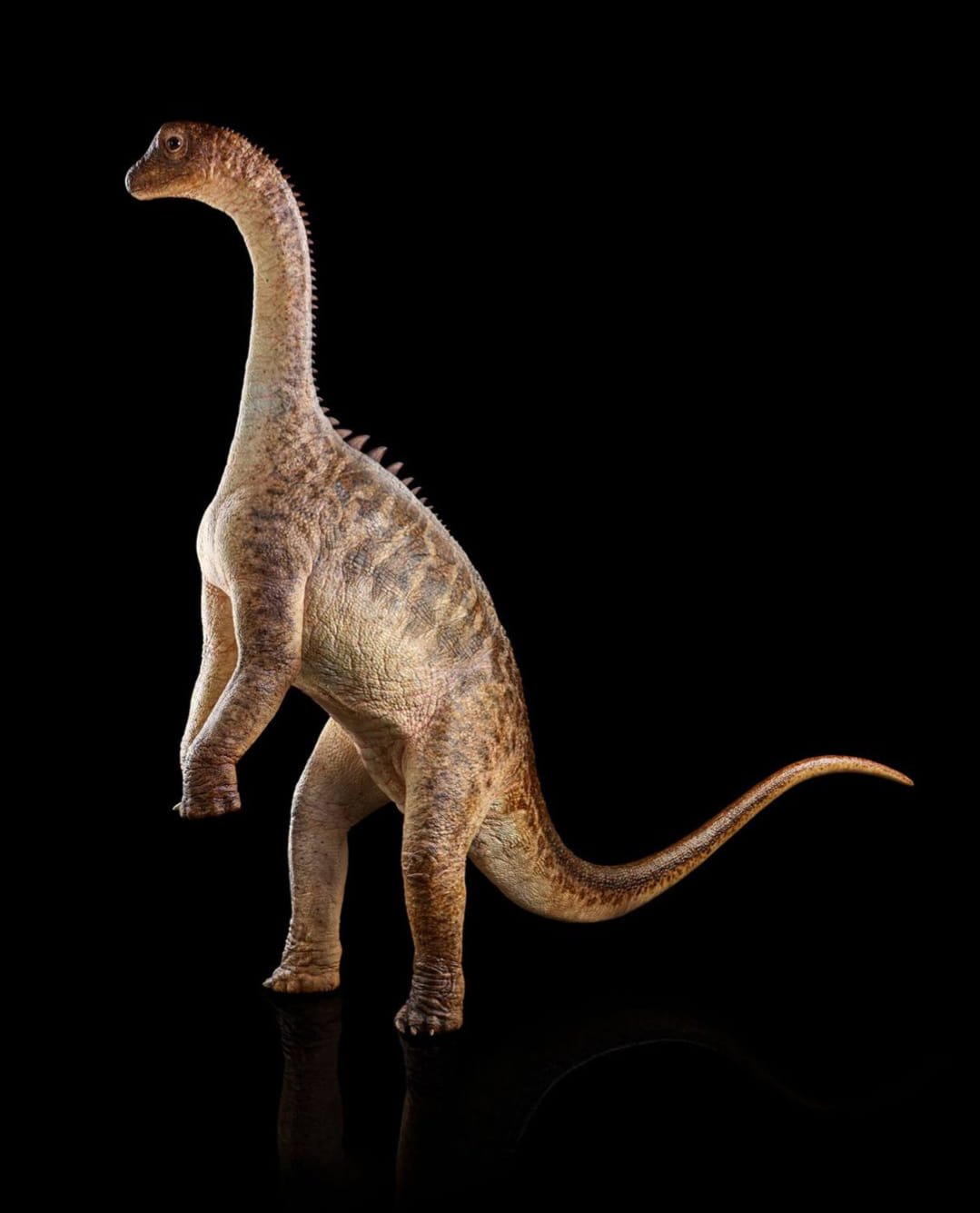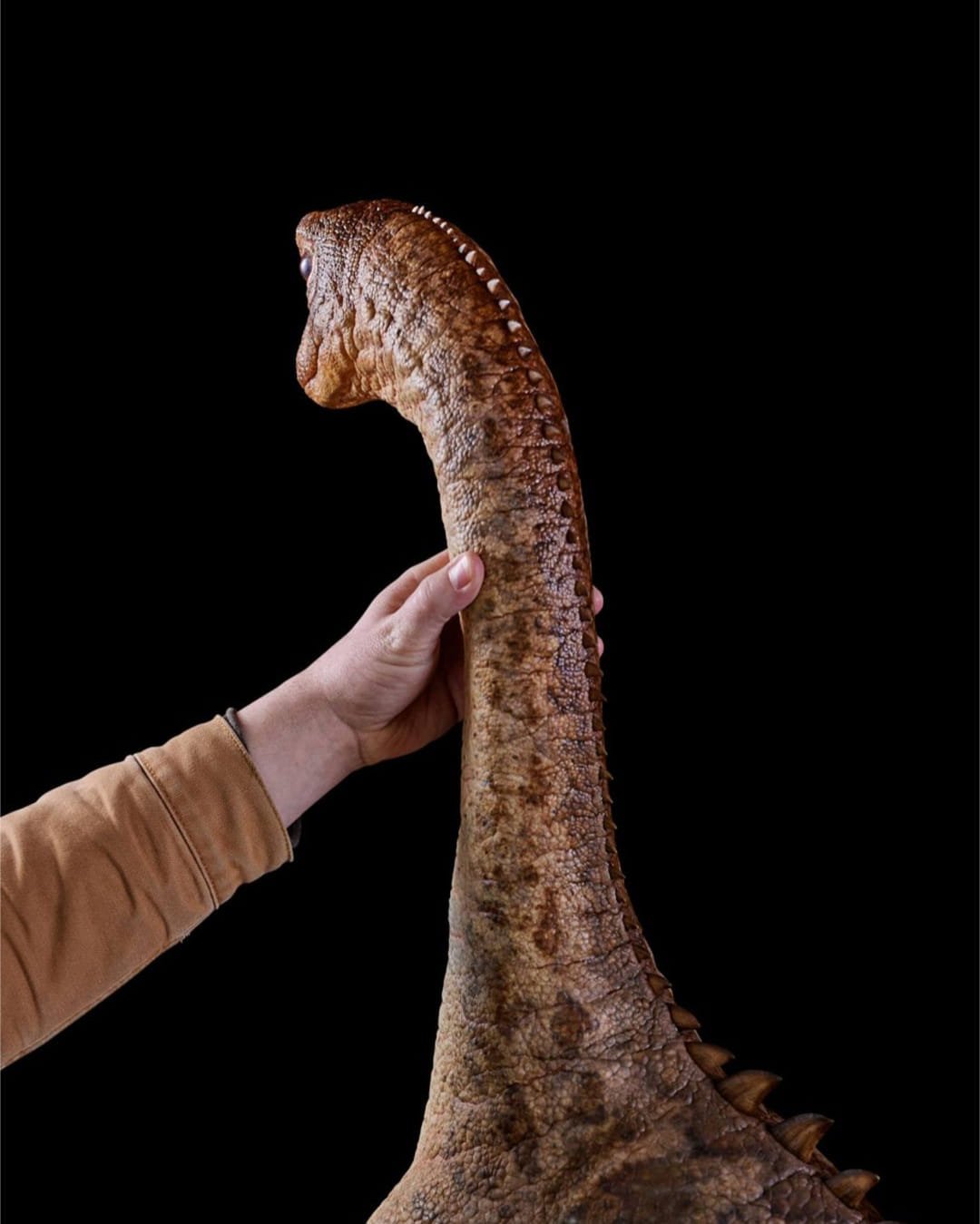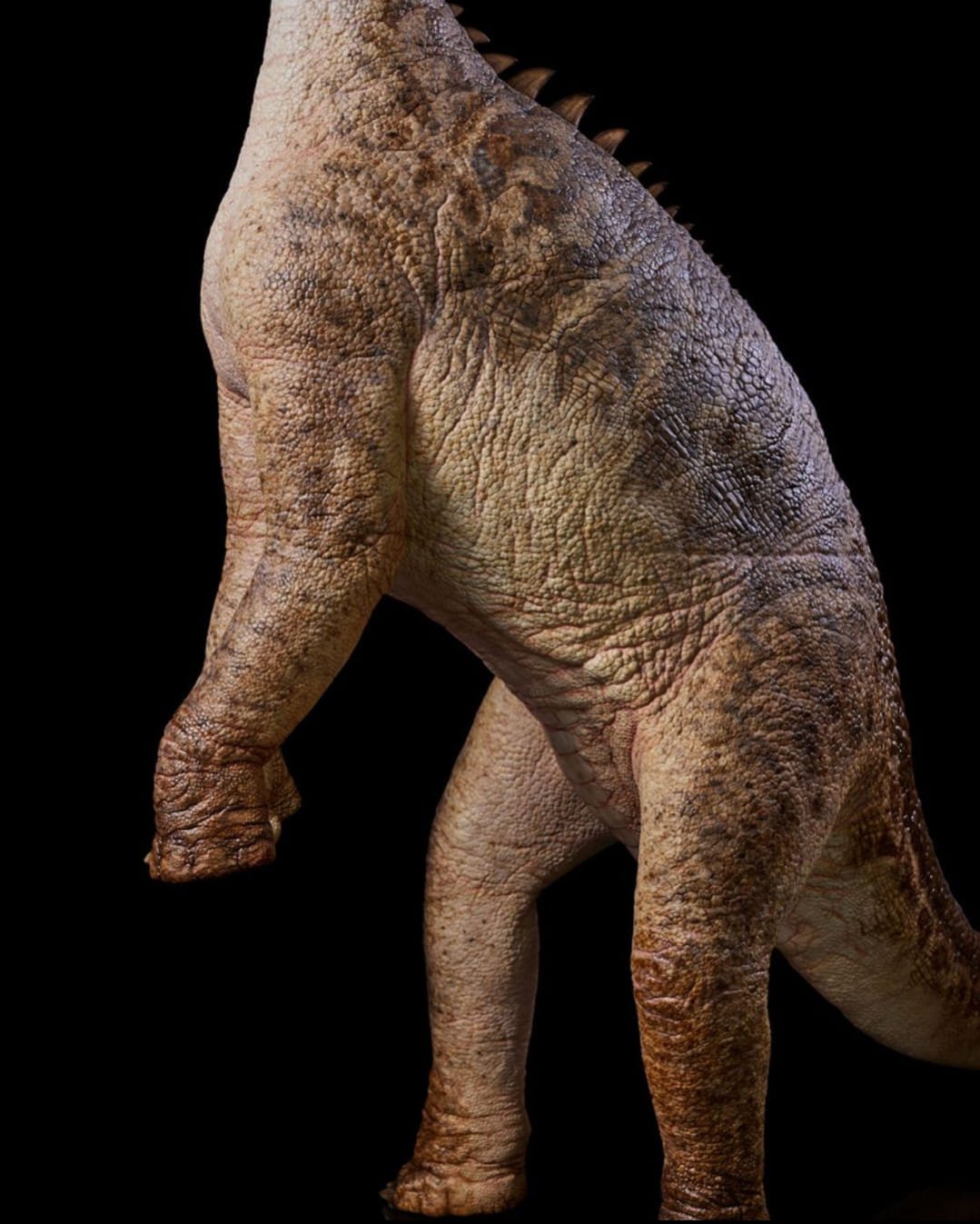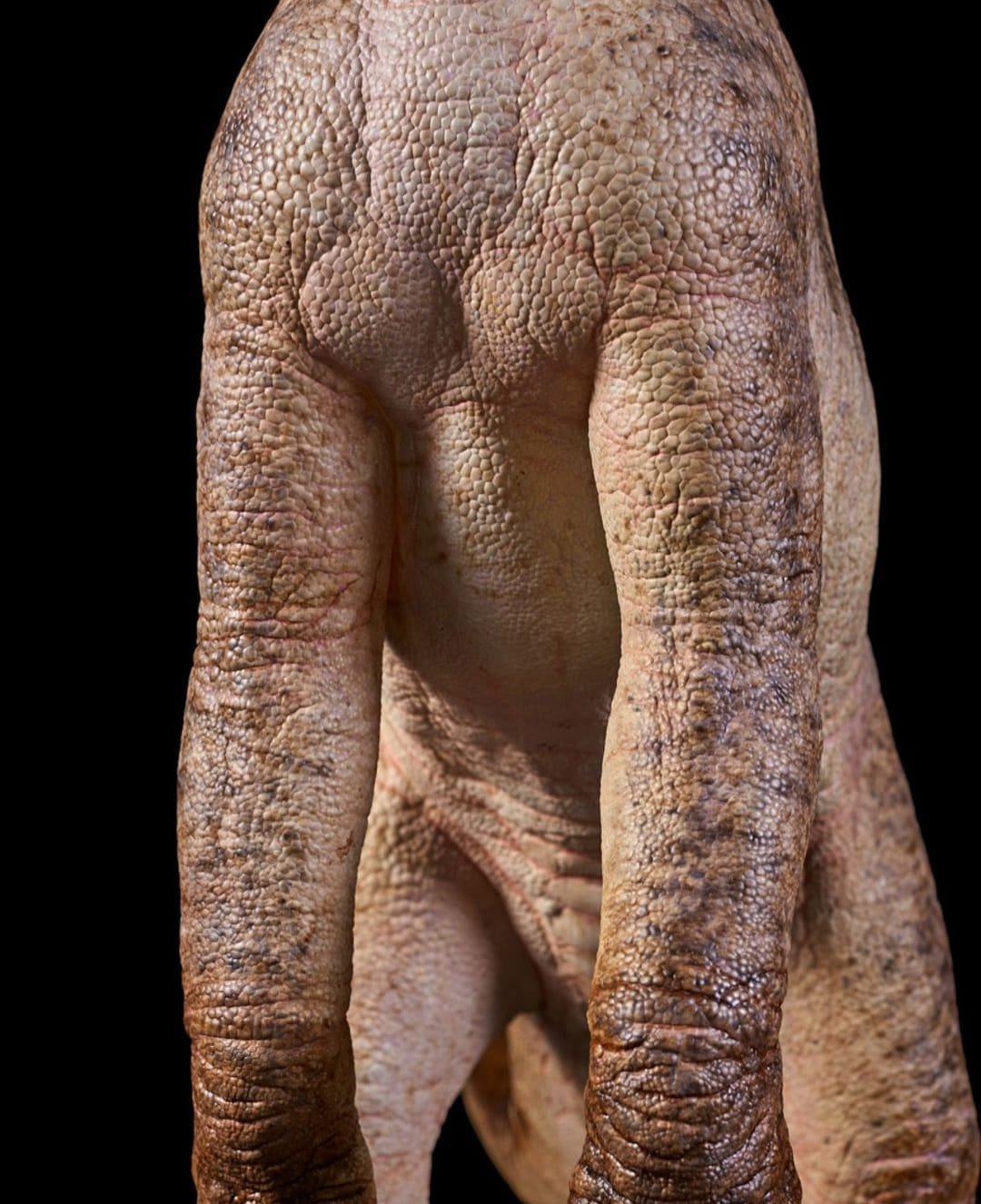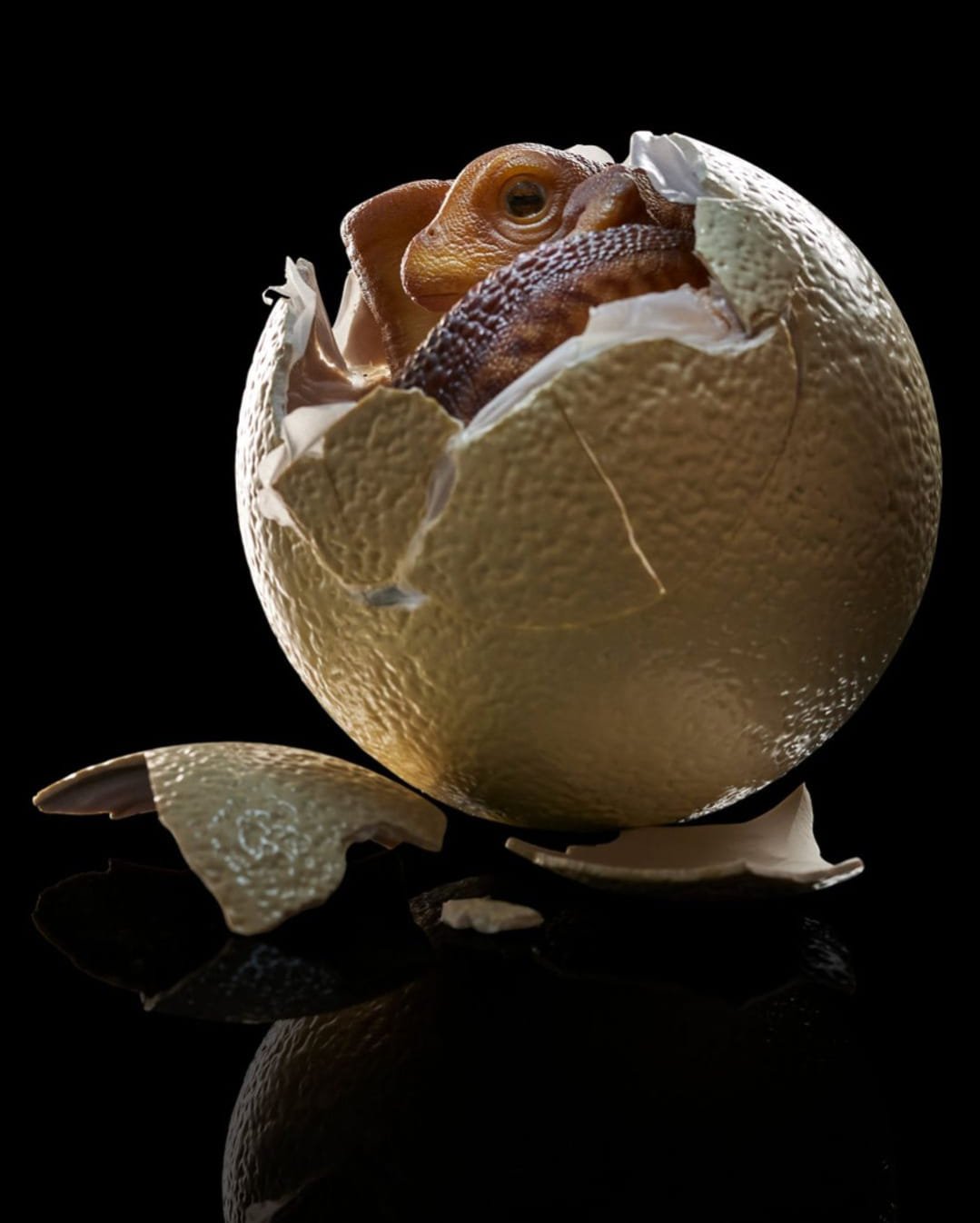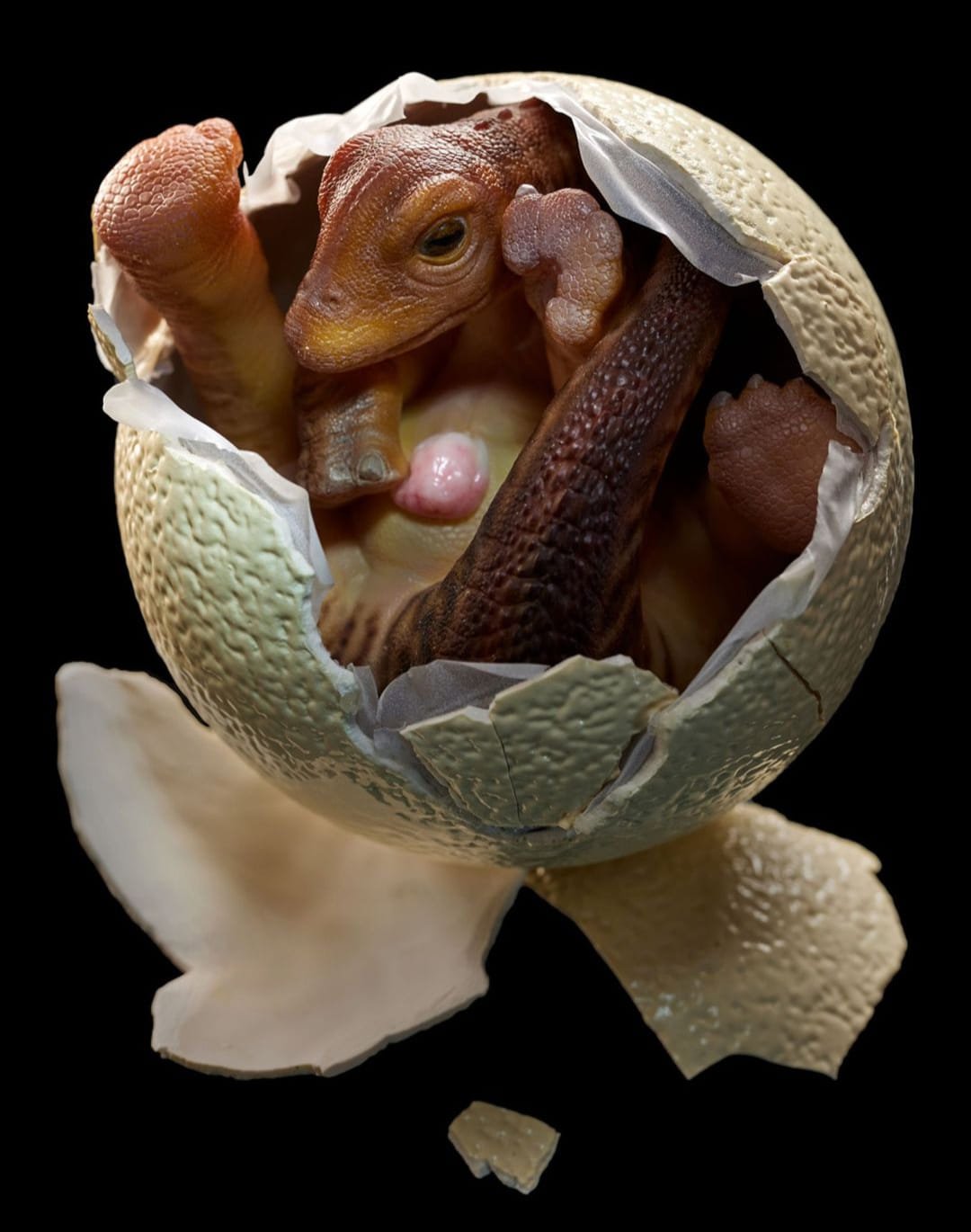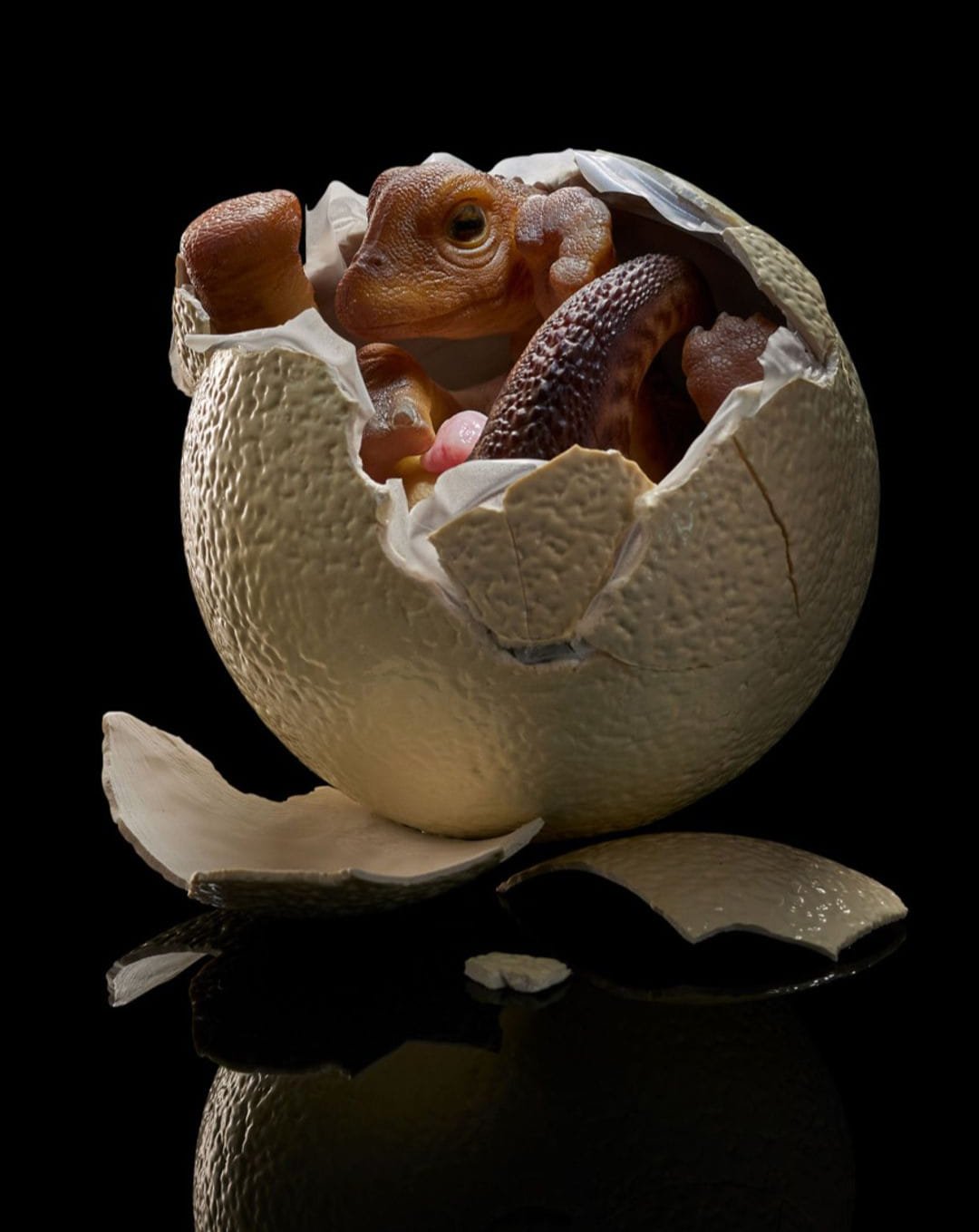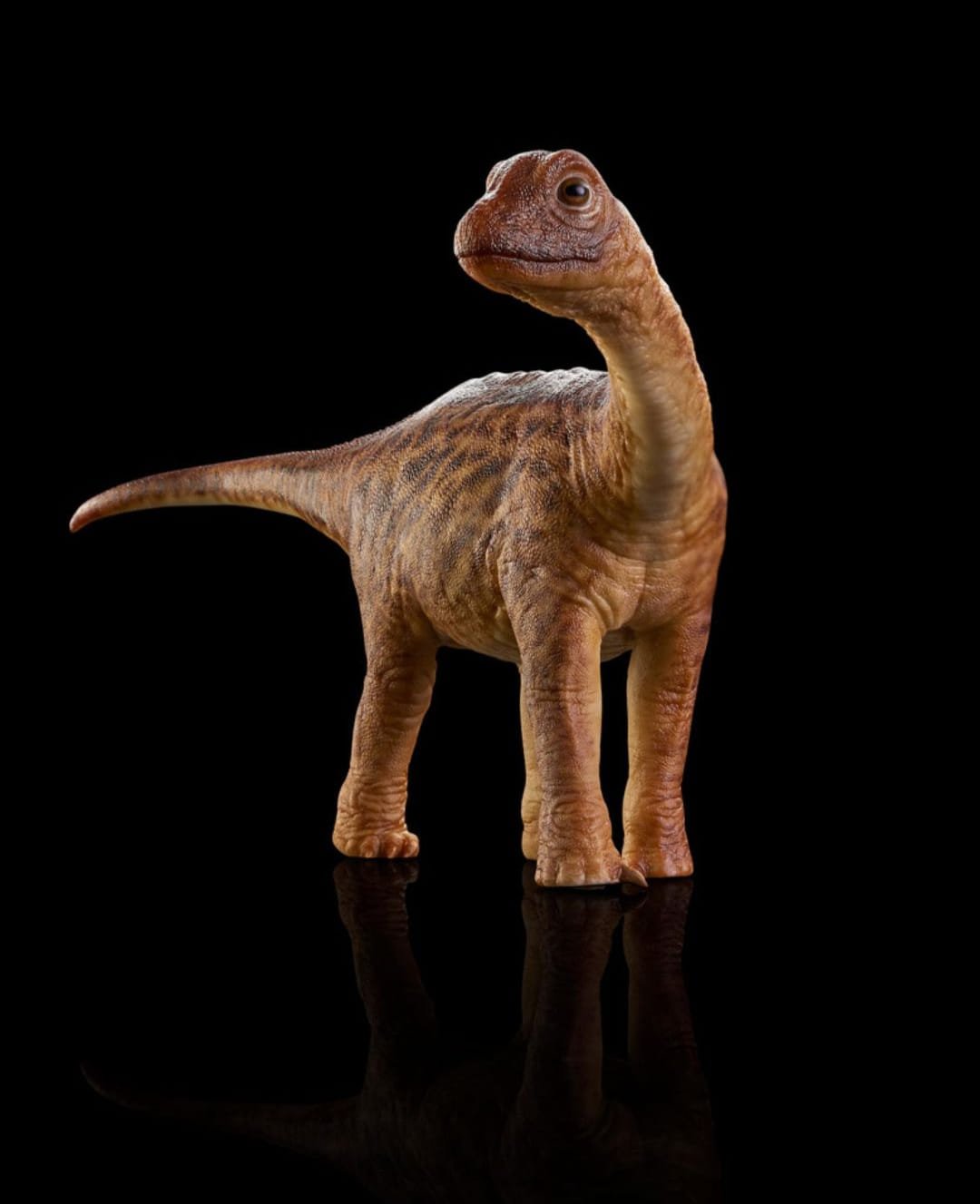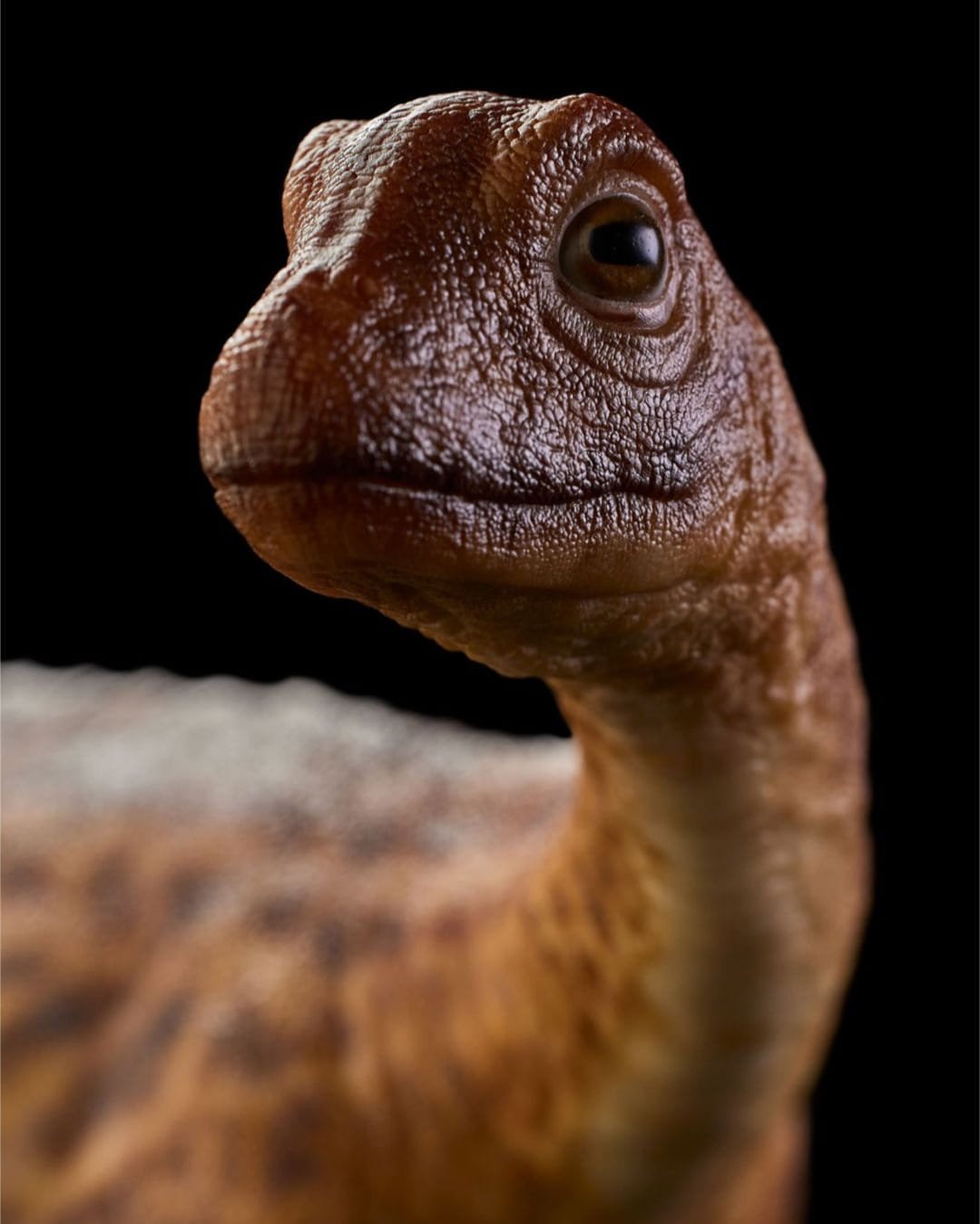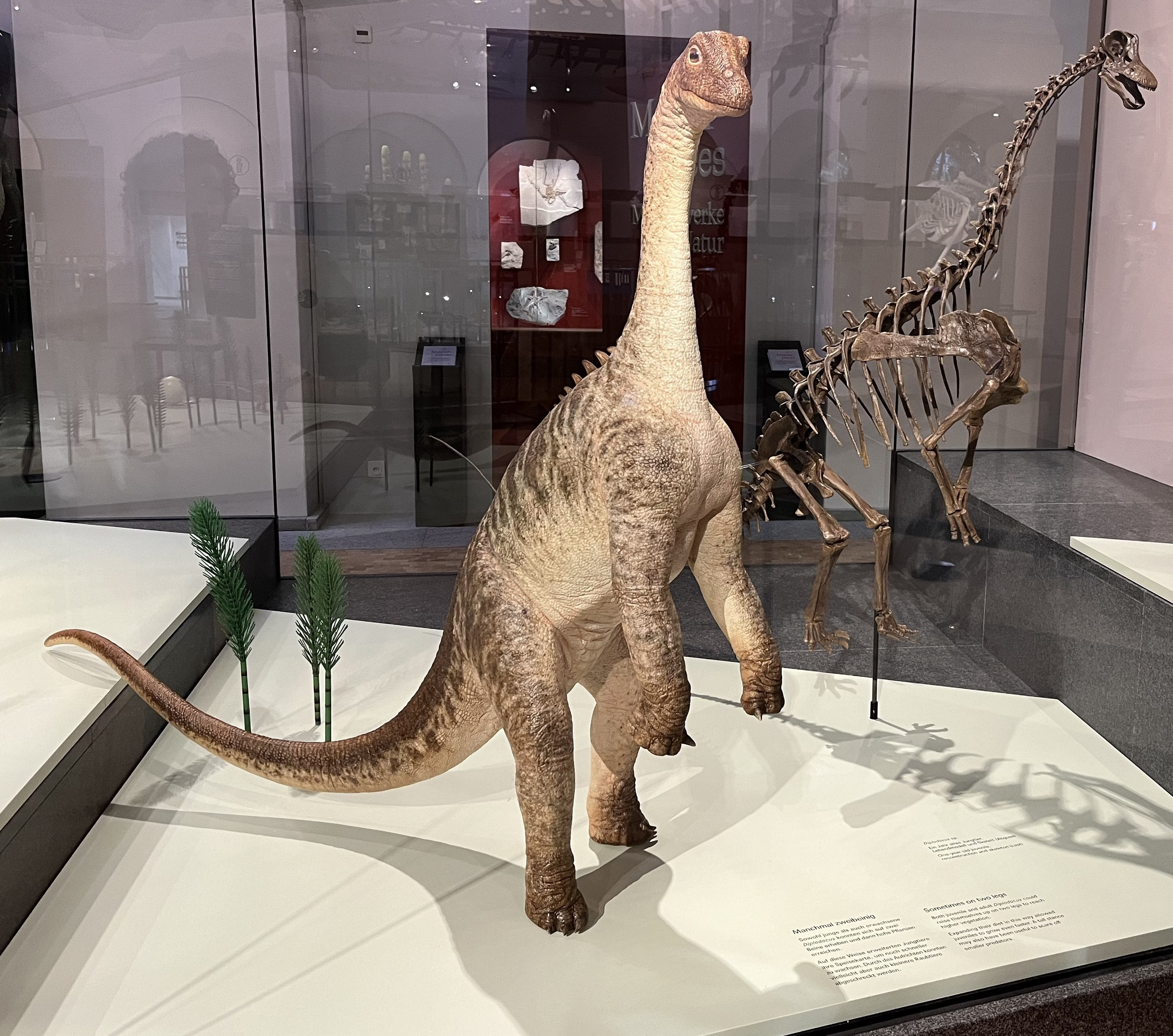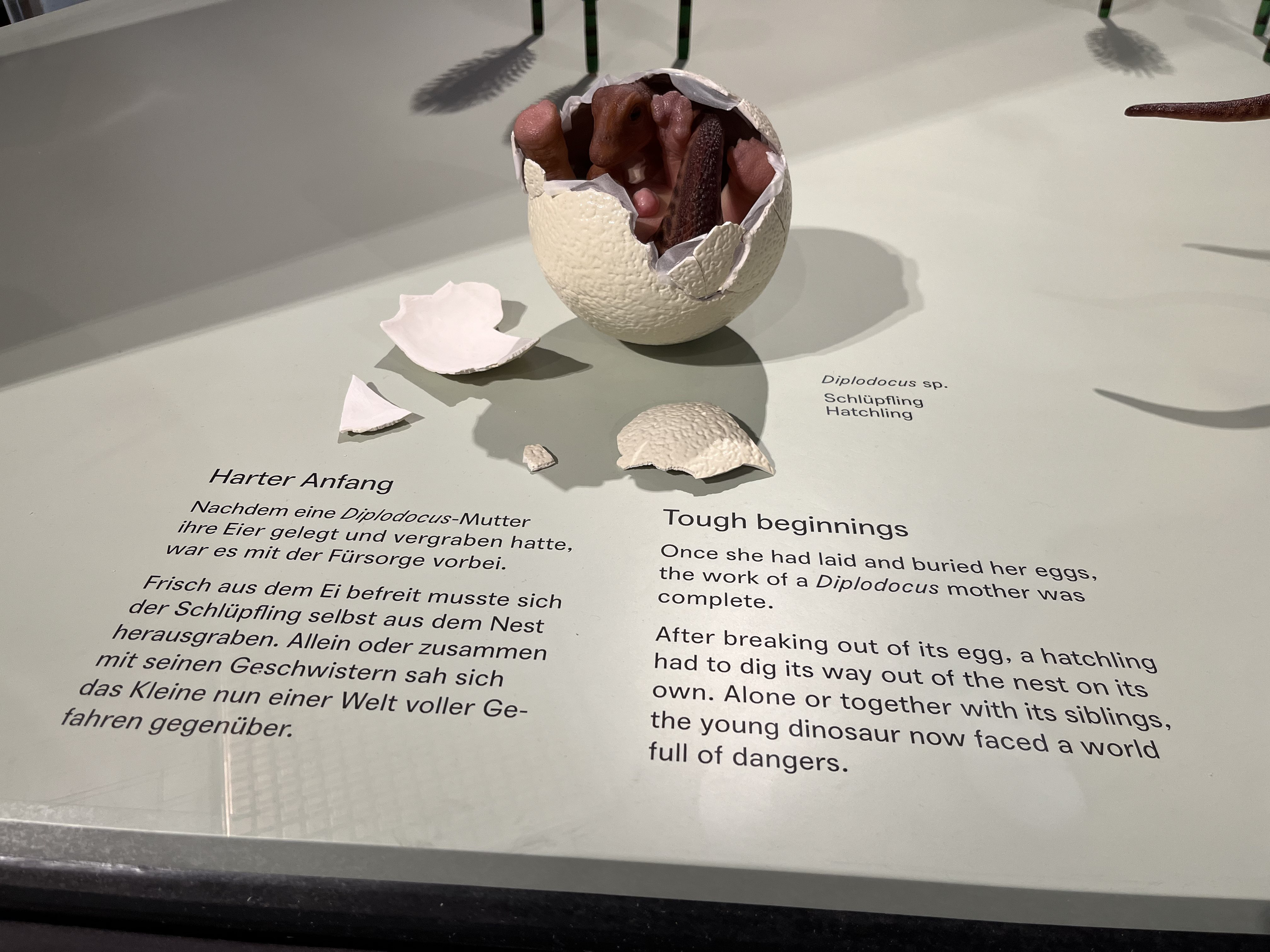From the Field to the Museum: The Impact of Research on the World
Fossils are more than the remains of ancient life; they are windows into long-gone worlds that no human has ever laid eyes on. Paleontologists devote their lives to this kind of discovery, searching for more and more clues that might give us a new piece to the prehistoric puzzle. Each discovery gives us a glimpse into the time of the dinosaurs and this information is invaluable to the scientific community.
How do these discoveries impact what we know about these extinct creatures? While fossils are no longer the original material of the animal, they still help paint a picture of how they interacted with one another, what they looked like, how they died, and ultimately how they lived. Such evidence from one of our very own quarries, the world-renowned Mother’s Day Quarry, has done exactly that.
Fossils are rare enough on their own, but to find soft tissue such as skin impressions of a dinosaur is another feat in itself. Enter Tess Gallagher; Tess joined our team in the field as an aspiring paleontologist and volunteer for the first time in 2019. In fact, this expedition resulted in Tess’s discovery of Diplodocus skin impressions and her field of research. These fossils would go on to completely change how we view and reconstruct these dinosaurs.
Tess discovered that these animals had much more diverse scale shapes across the body as opposed to only one shape as a whole. When we think of large, long-necked dinosaurs like sauropods, we imagine something similar to an elephant’s skin and with the same pattern all over. According to her research, Diplodocus featured not only very complex scales but also several different types of scale patterns and shapes in respective areas of the body.
Tess also claims that these dinosaurs may have even had more diverse scales than any living animal. Because of her research, we now know even more than before about how these animals may have looked and their bodies functioned. You can read Tess’s 2021 publication here. And we’re excited to report that our team continues to work with Tess on additional papers - stay tuned!
These groundbreaking discoveries have even made their way into the museum world. Two years ago, Tess was commissioned as a scientific consultant and concept artist for 10 Tons to bring baby Diplodocus models to life. Her research was used to inform the model designs for museum display, now at the Zoological Museum in Zurich. She tells the team at Elevation Science that each model features the ovoid (egg-shaped) scales on the dorsal (top) side of the tail, and the biggest model has both rectangular scales and ovoid scales, all of which patterns were described from the fossils discovered at the Mother’s Day Site.
“The concept art combines my research on Diplodocus skin, as well as what we know of titanosaur skin and a sprinkle of speculation.”
While we will never see the world of the dinosaurs and beyond with our own eyes, new fossil discoveries and the researchers who study them are the key to furthering our understanding. Fossils like these skin impressions and our improved knowledge are what bring these creatures back to life once more. The next discovery could be even bigger!
Diplodocus model photography by Rasmus Sigvaldi
Models by 10 Tons
Original concept art by Tess Gallagher


